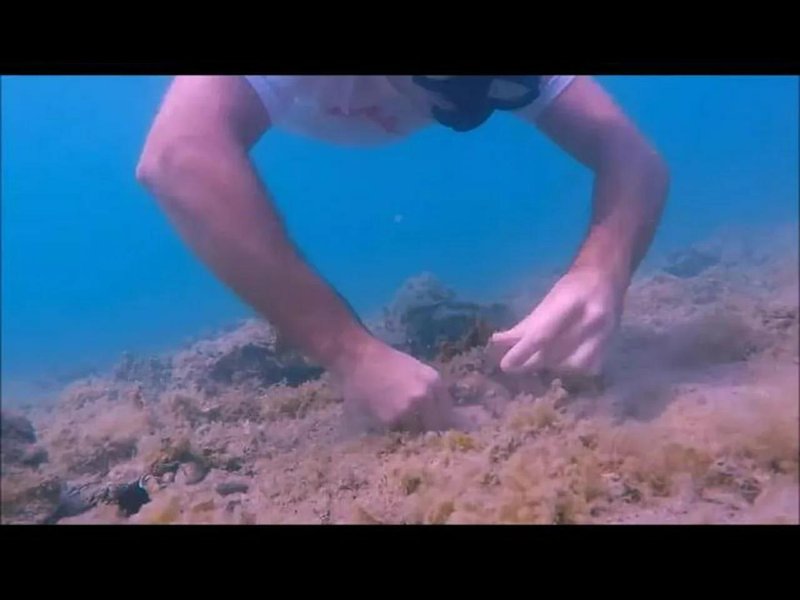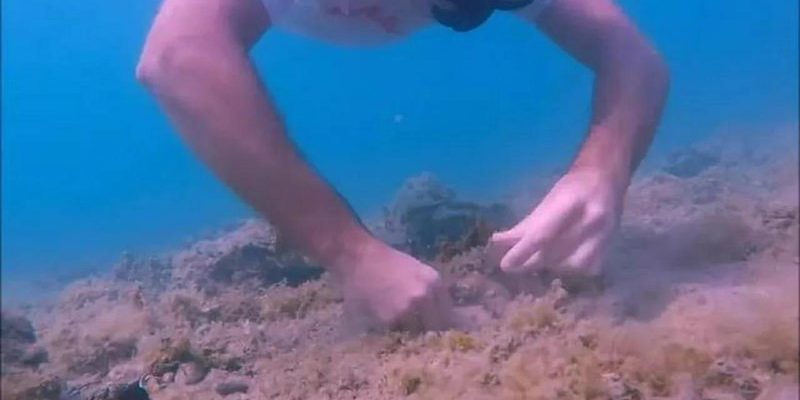
Picture the bobbit worm like an unexpected guest at a party. They’re not necessarily bad, but they can disrupt the atmosphere if left alone too long. When you find one, it’s important to act fast but carefully. You need to remove it without causing any collateral damage to your beloved corals. So, let’s dive into how you can tackle this issue wisely and gently.
What is a Bobbit Worm?
First things first—what exactly is a bobbit worm? These creatures belong to the group of polychaetes, which are segmented worms that thrive in marine environments. They can grow quite long, sometimes reaching up to 10 feet! They usually bury themselves in the sand or substrate, leaving just a part of their body exposed.
You might be wondering why they can be a problem in your aquarium. Bobbit worms are *gifted* hunters, using their sharp jaws to quickly snatch up unsuspecting fish and invertebrates. While they play a role in the ecosystem, they can wreak havoc in small tanks or sensitive coral setups. The key is to remove them without disturbing the delicate balance of life your corals maintain.
Signs of a Bobbit Worm Infestation
So how do you know if you have a bobbit worm in your tank? Here are a few signs to look for:
- Missing Fish: If you notice that your smaller fish are disappearing, a bobbit worm might be the culprit.
- Worm-like Structures: Look for long, thin structures poking out from the substrate. This could be the worm itself.
- Damaged Corals: If your corals seem weaker or show signs of stress, it may mean that the worm is feeding nearby.
If you spot any of these signs, it’s time to take action!
Preparing to Remove the Bobbit Worm
Before you rush into removing the bobbit worm, it’s important to prepare. Start by gathering your tools. You’ll want some basic supplies to make the process smoother:
- Long Tweezers: These will help you reach into the tight spaces without harming your corals.
- A Container: Have a small tank or bucket ready to place the worm in once you’ve removed it.
- Gloves: Protect your hands while handling anything in your tank.
Additionally, take a moment to assess your tank. Note the layout and which corals are nearby the worm’s location. This will help you strategize how to minimize stress on your corals during removal.
Steps to Remove the Bobbit Worm Safely
Now that you’re prepared, let’s dive into the steps for removing the bobbit worm without damaging your coral.
1. Locate the Worm: Start by carefully observing where the bobbit worm is hiding. Use a flashlight if necessary to spot any visible parts of it.
2. Gently Expose the Worm: If the worm is buried, consider using a turkey baster or a small siphon to gently stir the substrate around it. This can coax the worm out without causing stress to your corals.
3. Use the Tweezers: Once you see enough of the worm, grab the long tweezers. Carefully grasp the worm near its middle, being cautious not to squeeze too hard. You want to avoid damaging it if possible.
4. Remove and Contain: Pull the worm out slowly and place it in your container. Ensure that you do this without pulling on any corals; they can be fragile and easily damaged.
While these steps seem straightforward, remember, patience is key. Rushing can lead to mistakes, which could harm your coral or even distress the worm unnecessarily.
Aftercare for Your Tank
Once you’ve successfully removed the bobbit worm, it’s important to care for your tank. Here are some aftercare tips:
- Monitor Coral Health: Keep an eye on your corals for a few days. They might be a bit stressed from the process.
- Check Water Parameters: Make sure your water quality is still good. Bobbit worms can sometimes be a sign of underlying issues.
- Consider Adding Cleanup Crew: A healthy cleanup crew can help maintain your tank and prevent future outbreaks.
By taking these steps, you can help ensure your tank remains a thriving, happy environment for all its inhabitants.
Preventing Future Bobbit Worm Infestations
You might be wondering how to avoid encountering a bobbit worm again. There are actually several steps you can take:
- Regular Maintenance: Keeping your tank clean and debris-free can reduce the risk of unwanted pests.
- Careful Live Rock Selection: Before adding any new live rock, inspect it for any signs of bobbit worms or other hitchhikers.
- Quarantine New Additions: Always quarantine new fish or invertebrates before introducing them to your main tank.
With these preventative measures, you can help safeguard your coral reef from future invasions.
Removing a bobbit worm without damaging coral takes a little time and care, but it’s absolutely possible. By being prepared and gentle, you can successfully tackle these curious critters while keeping your corals safe and healthy. Remember that a well-maintained aquarium is the best defense against unwanted pests. So, keep a close eye on your tank, and enjoy the vibrant life you’ve cultivated. Happy reefing!

